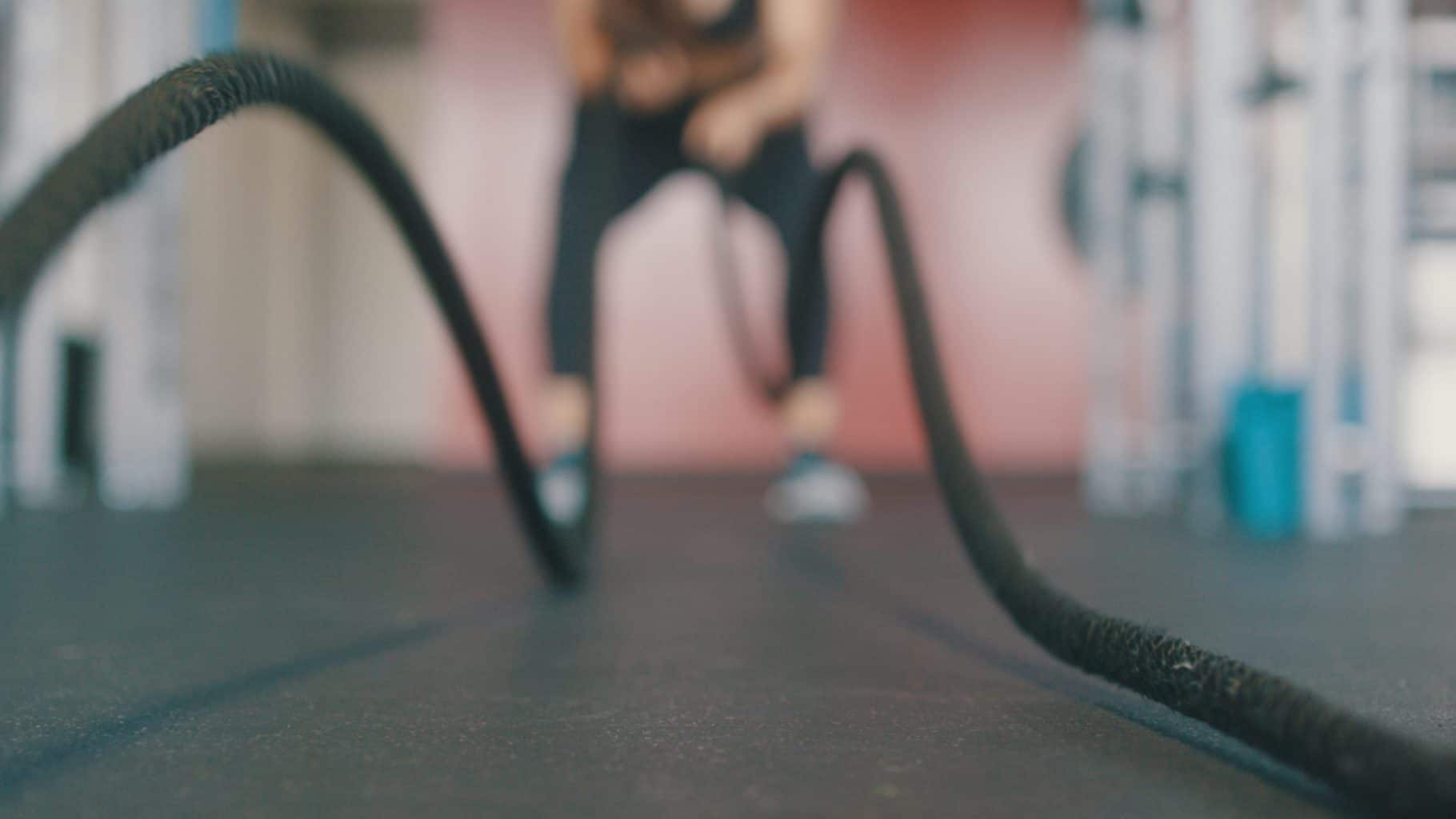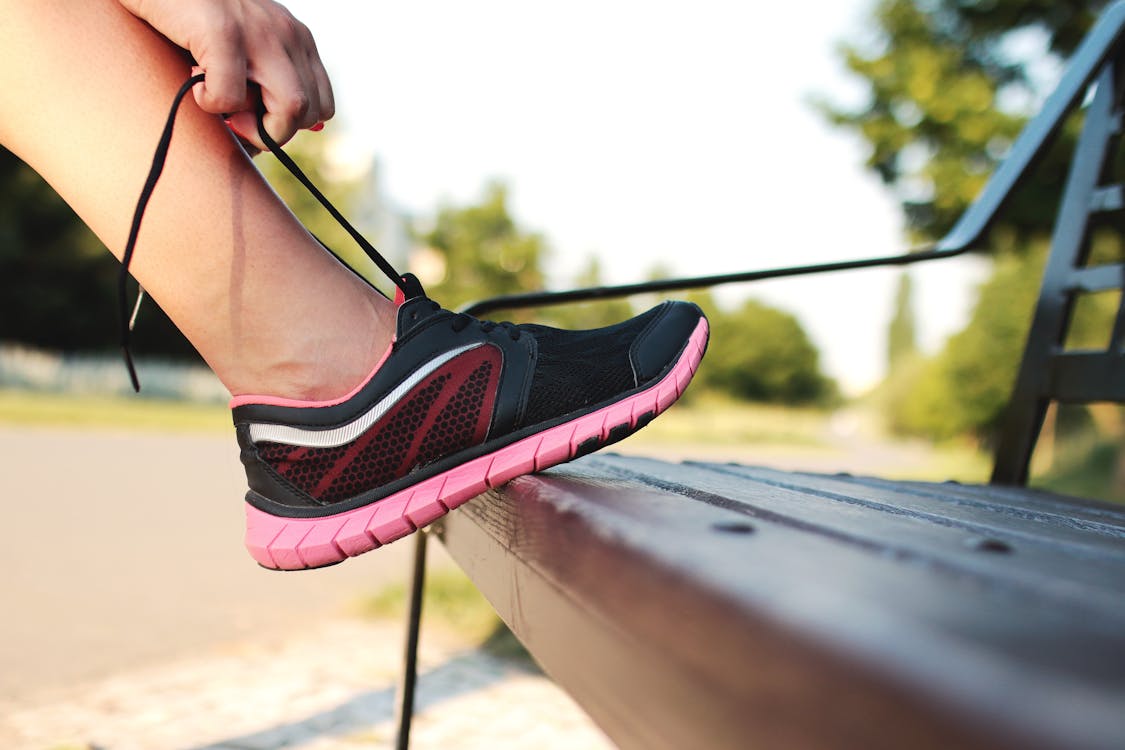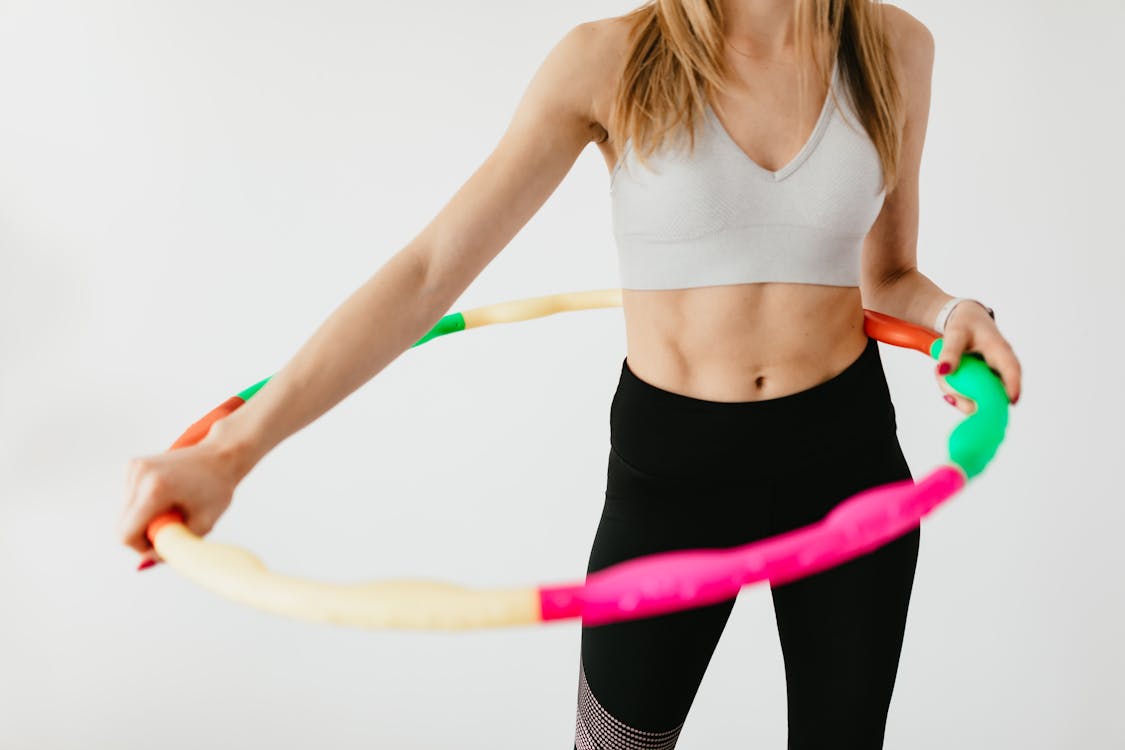- PhentermineLearn more about phentermine and how to get the most from your weight loss journey.
- ResourcesAdditional information and tools to help you make the most of your effort.
- AlternativesLearn more about the most popular weight loss medications and science-backed supplements
Tabata vs. HIIT: Which One is Better for Weight Loss?
Published on December 11, 2024

Exercise works wonders when you wanna **lose weight** and get in better shape. It’s fun, not just hard work. But, oh my, choosing the best exercise to start losing weight can make you scratch your head. Well, we’ve got something cool for you. If you love exercises that really make you sweat, exploring the big talk about Tabata vs. HIIT could be right up your alley. We’re here to help, guiding you through **both high-energy workouts**. Our goal: help you find the best fit for your fitness goals by weighing the good and the bad of the lively Tabata and HIIT routines. Hang tight, and you might just meet your exercise perfect match.

What is A Tabata Workout?
Tabata training is a high-intensity program that may help you work on your cardiovascular and other body muscles. In Tabata training, the programs are short and generally in eight sets of exercises. Each workout lasts for four minutes. The goal is to improve your fitness with short bursts of exercise – while also reducing the total workout time. Within the four minutes, there are intense bursts of training with short rests in between. There are several combinations to pick from in the program. But you have to adhere to the time frames and intensity (1).
The classic Tabata workout was made popular by Dr Izumi Tabata. The exercise routine was originally tested under the supervision of this doctor. After a significant amount of research on interval training, Dr Izumi Tabata developed this variation of a HIIT workout to deliver fast and effective results. This is also why you will see similarities between a Tabata workout and a HIIT workout.
What is HIIT?

High-Intensity Interval Training, also known as HIIT, is a high-intensity exercise program. It involves short, intense bursts of physical training activities and quick intervals of short rest periods. This results in your body burning calories, while also delivering results such as improved anaerobic capacity.
These high-intensity workouts, coupled with a short rest period, increases your heart rate more effectively. Whether performing mountain climbers, squats or using other training styles – the workout effectively may help you burn calories. In the high-intensity interval training session, the trainee has intensive activities that help trigger the metabolism and boost endurance levels. While you exercise, you work on the cardiovascular and body muscles as well.
It is a slightly longer exercise workout taking about two hours, and longer rests (2). HIIT training has several potential benefits when used as your workout routine. There are other HIIT workouts that use variations, which can be useful when you have specific fitness goals in mind. For those who find that the high-intensity exercises are too hard, a moderate-intensity variation can be used when looking at HIIT routines, as an example.
The difference between Tabata vs HIIT

Basically, Tabata is a form of HIIT workout. But there are glaring differences between the two types of intensity programs. So let us find out the differences between Tabata vs HIIT. In fact, some people may even combine HIIT and Tabata workouts in their schedule. The first and significant difference is the length of the training period. Tabata is short in time. It usually consists of about four minutes of training per exercise. The program has eight rounds of workouts taking 20 seconds each.
The interval rests take about 10 seconds. It is a strict program that does not deviate from the sequence. HIIT, on the other hand, works with longer periods and more elaborate rests. Though the exercises can be the same, HIIT is more flexible and can deviate from the sequence (3).
Tabata is a short routine that you can do daily. Since it takes only a shorter time, you can secure a portion of your day for exercising. HIIT takes longer periods. This way, you have to plan the exercises mainly in alternating days. This will also help your body rest from the long duration workouts (4).
Difference In Burst And Intensity
It is worthwhile to note the level of intensity bursts. Tabata is an extremely higher intensive training workout within a short period. This makes it a hyper aerobic and anaerobic training program. HIIT is slightly moderate than Tabata. It works with more extended periods of workouts that give your body time to adjust (5).
The last thing is the level of training. Tabata is mainly for people who are beginning or making a comeback into training. It works well with those who are recovering from conditions or other medical cases. HIIT uses great energy and is more appropriate for those who graduate from Tabata.

The lingering debate between Tabata vs. HIIT is one that will take longer to resolve in the gym. The two exercises are right for you. Both programs help burn down calories and activate the endorphin hormones in your body. The hormones, in turn, trigger a process known as the excess post-exercise oxygen consumption or EPOC. The body continues to burn the excess calories for up to a day or two after a workout. The preference is not about which one is better than the other. It is about which one best fit in your body and daily time schedule.
Tabata Training

If you are just beginning in your workout program, then Tabata is the choice for you. It consumes less of your time. You will have short periods of intensive workouts that are both fun and beneficial to your body. The reduced work periods does not mean you have to focus on a higher intensity.
According to expert intense interval workout trainers, a gradual process to incorporate the exercises is crucial. Take time to analyze how your body responds before you upgrade your training periods. Again, for people with busy lifestyles, Tabata is better for you.
This program consumes less time. Besides you can do it anywhere. Its benefits are still the same as HIIT, but the time frames are shorter. This will give you flexibility in your time management and daily work schedule. Once you master the shorter routines, you can even do it without supervision. But working out alone will require first-class self-discipline.
Working with Tabata as a beginner may help your body recover faster from the strains of the exercising. Since it takes a maximum of about 35 minutes daily, it gives the muscles ample time to recuperate. Though intensive within the time limits, it has longer times of rest after the workout. This may help your muscles get back together as you adjust to the training (6).
HIIT
As you have seen above, HIIT is more intensive in the time you use while training. That means you have to create more time from your daily schedule for the program. So if you need more fun and more extended sweating periods, the HIIT program is right for you. HIIT is more rigorous and requires more stamina than Tabata. If you are a regular training person, then HIIT is a good recommendation over Tabata. Though the results are the same, HIIT will resonate well with your muscles. This is because your muscles are used to stretching and intense pressure for longer periods. HIIT is more flexible in its workouts. It will give some creativity in adjusting to the kind of exercises that can help you. There are no rigid guidelines in the formation of HIIT training workouts. If you think that the incorporation of specific activities will spice up your routine, it is okay. You only have to discuss it with your trainer if you have one.
What Does Tabata Workouts Look Like?

A good Tabata exercise is relative. You can choose a program from what fits you. It is imperative to start with what you are comfortable first. This is because you will experience some adverse effects at first. The first symptoms of Tabata training are nausea, dizziness, shortness of breath, and blurring vision. This happens because your cardiovascular activities are still adjusting to the new intensity. Once you master and fit in, your body will overcome these effects (7).
The most common and effective Tabata routines are:
-
Squats
are good for your early introduction exercises for Tabata. Stand upright with your legs slightly apart. Dip your hips down to a squatting position then back up. Keep your back upright with your hand stretching in front. This may help you in balancing.
-
Crunches
are slightly similar to half sit-ups. Lie flat on your back with your knees bending upwards. Raise your shoulders to about 15 degrees or four inches from the ground. Lower your body back to the starting position.
-
High knees
exercise like running on the same post. Standing with your legs slightly apart, start running on the same spot. Try raising your knees as high as you can for optimal strain. It will give you a sense of jogging or sprinting. Keep your upper body and back upright. (8)
-
Front lunges
are simple and effective for the less strenuous beginners. Stand with your legs apart at shoulder length. With your arms on your hips, bend your rear knee to touch the floor while the other bends at 90 degrees above the ankle. Raise your body to the starting position and repeat. When these exercises become routine, you can upgrade to a more vigorous program. Remember to observe the 20 seconds intensity and 10 seconds rest. When these workouts become habitual, you can upgrade to the more demanding workouts. (9)
Effective High Intensity Interval Training Workouts for Burning Fat

The HIIT exercises for men are more strenuous than for women. Men programs use more muscle power than women, but the results still work out the same way. Here are some basic but highly intensive HIIT workouts.
-
Sprints
are simple yet effective in toning your body fat. Warm-up your body muscles with routine jogging to avoid crumps. After the body warms up, make some sprints for about 20 seconds. Punctuate the sprints with an interval of a minute of low pace jogging. Repeat that burst of sprints and jogging relaxation for the next 20 minutes. (10)
-
Bike sprints
can have multiple health benefits on your body. Mount on a stationary bike and warm up by slowly pedaling for a minute. Burst your pedaling as fast and as hard as you can for about 30 seconds. Similarly, punctuate it with an interval of a minute of slow pedaling. Repeat the sequence for 30 minutes.
-
A barbell complex
is a weight workout using one barbell? Segment the exercises that you need. Using the barbell, do a set of deadlifts without dropping the bar. Rest for a minute, and then perform another weight workout. Repeat the same sequence until you finish the exercises you need. (10)
-
Sled pushes
about a burst of power. Load your sled with about 80 percent of the total capacity. With a sudden burst of energy, push the sled. Maintain the push until you cannot go any longer. Rest for about 4 minutes and start again. You can repeat the routine for about 20 minutes then wind up. (10)
Of course, this is only an example. If you want to implement max effort with your program, consider a higher intensity workout. You can add longer recovery periods, especially when your routine also includes weight lifting. Push ups, jump ropes, and several other options can also be added to further enhance the benefits. These steady state cardio workouts help with calorie burn, as they get your heart rate up. A faster heart rate is a sign that your body is starting to burn calories.
Tabata and HIIT common benefits

These two workout programs are beneficial for your body. Both options are not only highly effective, but also have proven results. Whether you pick one or the other, the benefits are the same. The first one is fat loss. When you engage in these exercises, you increase your fat-burning mechanism.
Your body needs the energy to burn more calories. Another benefit is hydration. With high levels of sweating, you will drink more water and other liquids. Better post-exercise metabolism for your body. Your body will generate hormones that will maintain a higher metabolic rate even after leaving your gym. That helps the body in reducing the excess levels of glucose in the bloodstream. A high metabolism rate is good for digestion.
It means your body will optimally use the food you eat for health benefits. The last result is the overall better health. When your body has better organ functions, you experience a rejuvenating phase. Your muscles become stronger and increase their stamina. In other words, you become more resistant to common diseases like flu and cold.
Exercises alone cannot help you cut down on weight. Despite the craze of Tabata vs. HIIIT, you may need to maintain a proper diet. It is beneficial to consult your nutritionist for better ideas of what you can eat. Again, the people who are on regular medication should consult their physicians. Medical conditions like diabetes, high blood pressure, and other cardiovascular diseases are at high risk. If you have any of those, get a professional opinion from your doctor on how to handle your workouts.
Conclusion
Weight loss by exercising is more than which exercise you chose. It is better to determine what works best for you and create a religious discipline in maintaining the program. That way, you will achieve better results within a short period. Again, you need patience. Some results may not come as quickly as you think. Tabata vs. HIIT is a creation of your mind. Tabata is part of HIIT, but only more popular than other forms within the larger family. So, check on your schedule, body size, and medical conditions to choose what can work for you. In the end, it is not the exercise that works, but your resolve, consistency, and determination.
References
- https://www.active.com/fitness/articles/what-is-tabata-training
- https://www.fitnessblender.com/articles/what-is-hiit-and-how-do-i-use-it-in-my-training
- https://www.shape.com/fitness/tips/whats-difference-between-hiit-and-tabata
- https://www.studiosweatondemand.com/trainer-tip-videos/hiit-tabata-interval-training-difference/
- https://8fit.com/fitness/tabata-vs-hiit-whats-the-difference-and-which-is-better-for-weight-loss/
- https://skinnyms.com/tabata-vs-hiit-which-burns-more-fat/
- https://www.shape.com/fitness/cardio/4-minute-fat-burning-miracle-tabata-workout
- https://8fit.com/fitness/tabata-exercises-that-work-total-body-workouts-for-beginners-and-advanced/
- https://greatist.com/fitness/best-tabata-moves#Classic-Tabata-moves
- https://www.menshealth.com/fitness/a25424850/best-hiit-exercises-workout/


